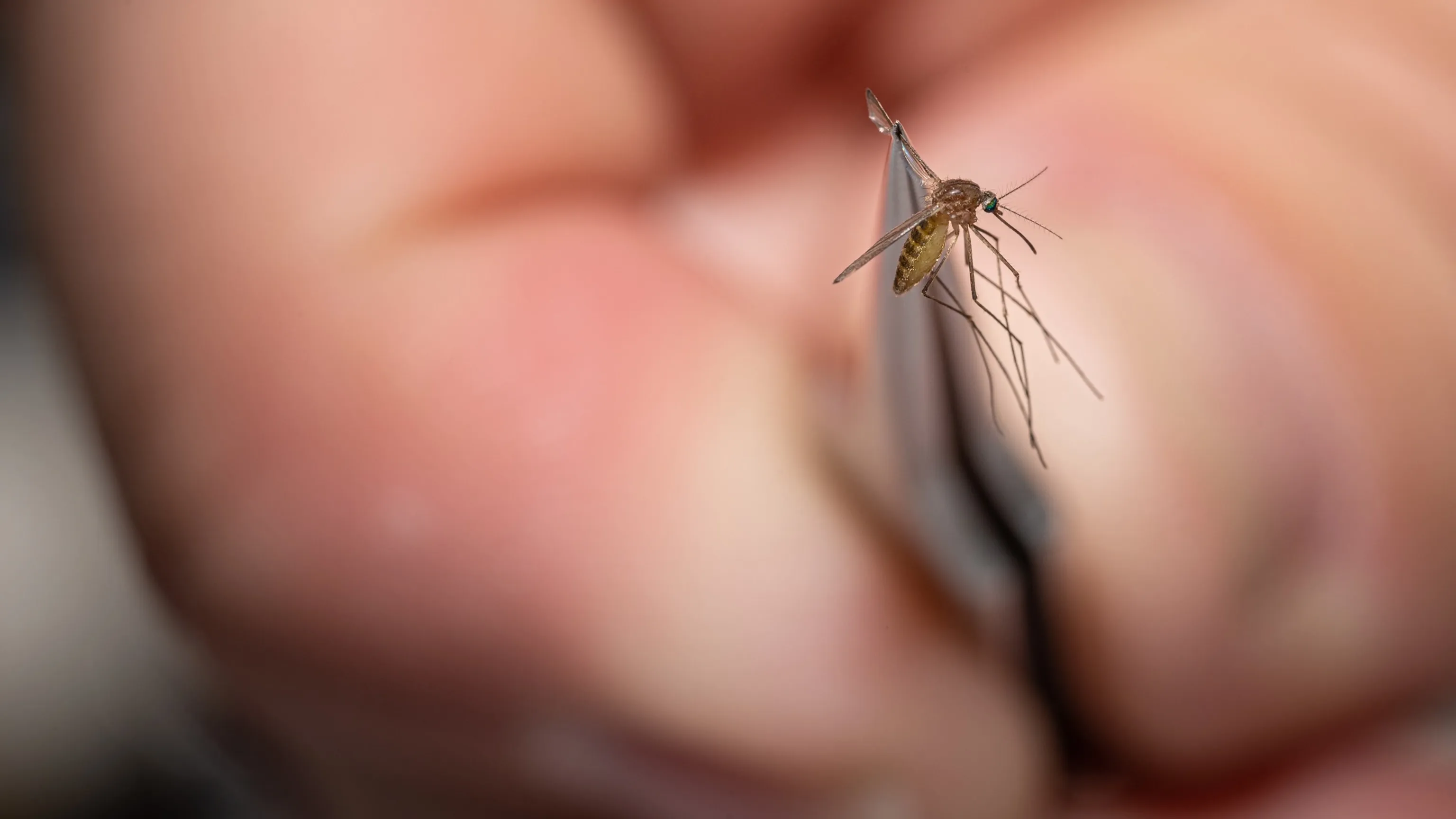Eastern Equine Encephalitis in New York: The First Human Case in Nearly a Decade

Eastern Equine Encephalitis Overview
Eastern Equine Encephalitis (EEE), a rare but serious viral disease, has emerged as a significant health concern with the recent report of the first human case in New York in nearly a decade. The virus is often transmitted through mosquito bites.
National Impact of EEE
- This year, the national tally has reached at least 11 cases, highlighting a concerning trend.
- Most cases are reported in the eastern United States, with a peak during warmer months.
Preventative Measures
To protect against EEE, it is crucial to take proactive steps during mosquito season:
- Utilize insect repellent containing DEET.
- Wear long sleeves and pants during outdoor activities.
- Avoid areas with standing water where mosquitoes breed.
For further information on EEE and its implications, stay tuned to reputable health news sources.
Disclaimer: The information provided on this site is for informational purposes only and is not intended as medical advice. We are not responsible for any actions taken based on the content of this site. Always consult a qualified healthcare provider for medical advice, diagnosis, and treatment. We source our news from reputable sources and provide links to the original articles. We do not endorse or assume responsibility for the accuracy of the information contained in external sources.
This article was prepared using information from open sources in accordance with the principles of Ethical Policy. The editorial team is not responsible for absolute accuracy, as it relies on data from the sources referenced.